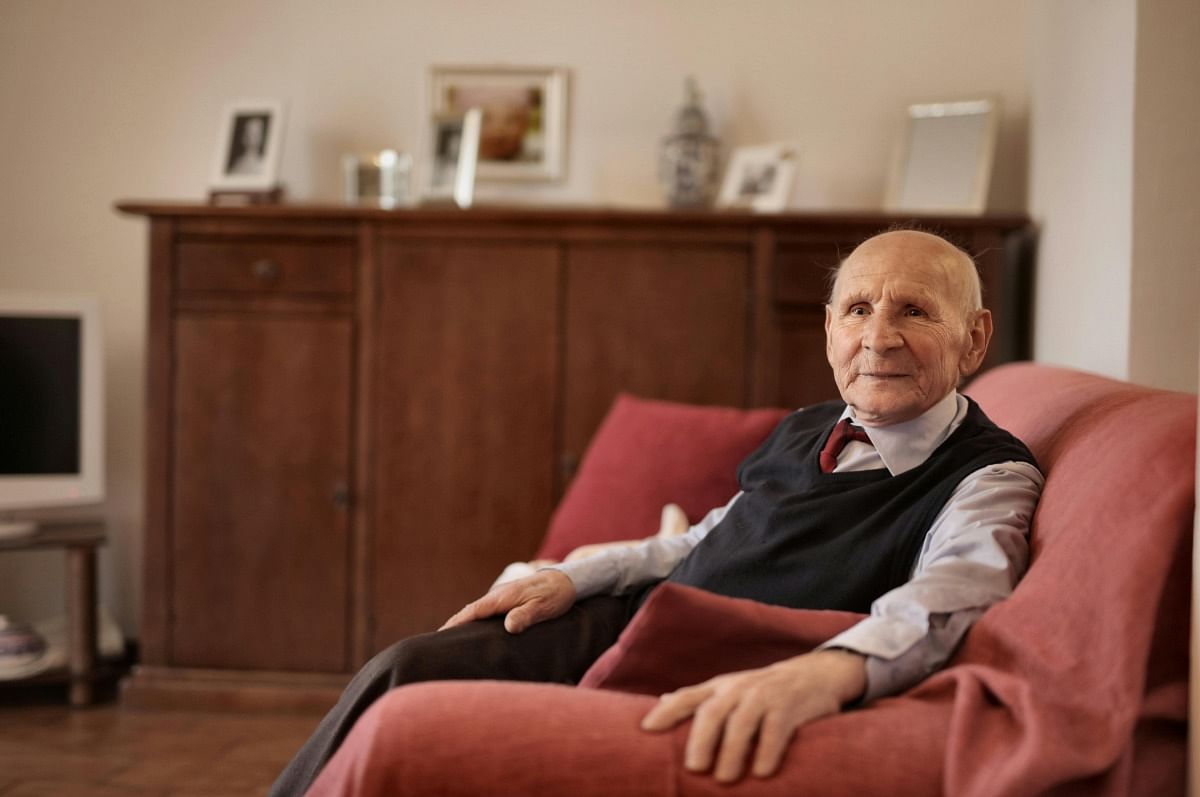How long is Hospice Care?
Hospice care is a specialized form of medical care designed to provide comfort and support to patients who are facing terminal illnesses. Instead of focusing on curing the illness, hospice emphasizes improving the quality of life for both the patient and their family. This care often includes pain management, emotional support, and help with daily activities. As patients and their families explore hospice care, one of the most common questions they ask is: "How long is hospice care?" The answer varies significantly from patient to patient, depending on several factors, including the specific medical condition and how the patient responds to care. Understanding the potential duration of hospice care can help families better prepare for the journey ahead and make informed decisions about their loved one's end-of-life care.

While hospice care is typically provided when a patient is expected to have six months or less to live, this is not a strict timeframe. Every individual's experience with hospice is unique, and there are many variables that affect the length of time a person may spend in hospice care. It's important to note that hospice care focuses on comfort rather than a fixed time period, ensuring that patients receive the care they need for as long as they qualify.
What Factors Determine the Duration of Hospice Care?
Medical Condition and Prognosis: The primary factor that influences the duration of hospice care is the patient's medical condition and prognosis. Typically, a patient is eligible for hospice if they have a life expectancy of six months or less, based on a physician’s assessment. However, predicting life expectancy is not always an exact science. Doctors base their prognosis on various factors, including the patient's diagnosis, overall health, and how their illness progresses over time. Some patients may experience a rapid decline, while others may stabilize or decline more slowly, which can extend their time in hospice.
Patient’s Response to Care: Another key factor that affects the length of hospice care is how the patient responds to the care provided. Hospice focuses on symptom management, and some patients may initially improve or stabilize under the specialized care they receive. In these cases, hospice teams regularly re-evaluate the patient's condition. If their health improves significantly or stabilizes beyond the six-month mark, they may transition out of hospice care temporarily or be re-enrolled after further evaluation. Conversely, if the patient’s condition worsens, they will continue receiving care for as long as it is needed.
Frequency of Recertification: Hospice care is divided into periods, usually starting with an initial 90-day certification period followed by additional 60-day recertification periods. After each period, the patient’s condition is reviewed to ensure they still meet the hospice eligibility criteria. If the patient continues to decline or their health remains poor, hospice care can be extended indefinitely in 60-day increments. This ongoing evaluation process allows the patient to remain in hospice for as long as they meet the medical requirements, which means the total length of time spent in hospice care can vary greatly from one individual to another.
Initial Enrollment in Hospice
Eligibility Criteria for Enrollment: To begin receiving hospice care, a patient must meet specific eligibility criteria, primarily that their physician certifies they have a terminal illness with a life expectancy of six months or less. This certification is based on the physician’s best judgment of the patient’s prognosis, considering the illness, overall health, and how quickly the disease is progressing. For many patients, this initial certification opens the door to receiving the specialized care hospice offers, helping manage symptoms and improve comfort.
Common Enrollment Time Frames: The amount of time a patient spends in hospice care after enrollment can vary widely. Some patients may enter hospice early in the course of their illness, allowing them to benefit from hospice services for several months. Others may be enrolled much later, sometimes only days or weeks before passing. Early enrollment in hospice gives patients more time to receive symptom management, emotional support, and assistance with daily tasks, making it a valuable resource even when the exact length of care is uncertain.
Recertification Process and Extended Care
How Recertification Works: Hospice care is structured into a series of certification periods, beginning with an initial 90-day period, followed by subsequent 60-day periods. After each period, the hospice team assesses the patient’s condition to determine if they still meet the eligibility requirements. If the patient’s condition continues to decline or remains stable but terminal, the care is extended into another recertification period. This process ensures that patients receive continuous care for as long as they need it, without a predetermined end date.
When Hospice Care is Extended: It’s common for hospice care to last beyond the initial six months. Many patients experience a slow or unpredictable decline, which may require ongoing care well after the initial prognosis. If the patient continues to meet the eligibility criteria, hospice care will be extended as needed through additional 60-day periods. In some cases, patients may remain in hospice care for a year or longer, depending on the progression of their illness and how they respond to care.
Hospice Care for Shorter Periods: While hospice care is often associated with long-term support for terminally ill patients, some individuals may only receive hospice care for a short period, sometimes just a few days or weeks. This often happens when patients are referred to hospice late in the course of their illness, either because of a delay in conversations about end-of-life care or because the progression of the illness accelerates suddenly. In these cases, hospice care focuses on providing comfort and dignity during the final days of life, offering families emotional support and helping manage the patient's symptoms as they near the end. Although the time may be brief, even short-term hospice care can make a significant difference in ensuring the patient experiences peace and relief in their final days.
Late enrollment in hospice is not uncommon, and it highlights the importance of having open discussions about end-of-life care options earlier in the illness. When patients and their families delay considering hospice, they may miss out on the full range of services hospice provides, which could help them manage symptoms and reduce the emotional burden on caregivers. Encouraging early conversations about hospice can allow patients to receive the full benefit of comfort-oriented care for as long as possible, even if the overall time is shorter than expected.
Can Hospice Care End Earlier Than Expected?
In some cases, hospice care may end earlier than expected due to changes in the patient’s condition or personal choices. One of the primary reasons hospice care might end is if the patient’s health improves or stabilizes to the point where they no longer meet the eligibility criteria for hospice. This can happen in situations where a patient responds positively to symptom management or experiences a temporary improvement in their condition. When this occurs, the patient may be discharged from hospice care and could re-enroll later if their health declines again.
Additionally, hospice care can end if a patient or their family chooses to discontinue services. Some patients may opt to leave hospice in order to pursue curative treatments or alternative care options, especially if they feel they may have more time than originally expected. In other cases, patients may decide that hospice care is no longer aligned with their wishes for treatment. Whatever the reason, patients have the right to end hospice care at any time, and if their condition changes, they can return to hospice care later.
The Importance of Early Hospice Enrollment
One of the most significant benefits of hospice care is the comprehensive support it provides, not only for the patient but also for their family. Early enrollment in hospice can make a tremendous difference in managing symptoms, providing emotional and spiritual support, and ensuring the patient receives personalized care tailored to their unique needs. When hospice is introduced early in the illness, patients and their families have more time to build strong relationships with their care team, which can include nurses, doctors, social workers, and chaplains. This team works together to create a holistic care plan that addresses physical, emotional, and practical needs, allowing patients to focus on comfort and quality of life.
Many families may delay hospice enrollment because of the misconception that it is only for the last days of life. However, starting hospice earlier can give patients access to vital resources, including pain management and assistance with daily activities, for a longer period. Early hospice care allows patients to make the most of their time with loved ones while receiving professional support that eases the burden on family caregivers. By enrolling early, patients can experience the full scope of hospice’s benefits, improving their quality of life at every stage of their illness.
Ready to Learn More About Hospice Care?
At Anvoi Health, we are dedicated to providing compassionate hospice care that meets the unique needs of each patient and their family. Whether you have questions about how long hospice care lasts or want to explore options for your loved one, our team is here to help. Contact us today to discuss how we can support you and your family on this important journey.









